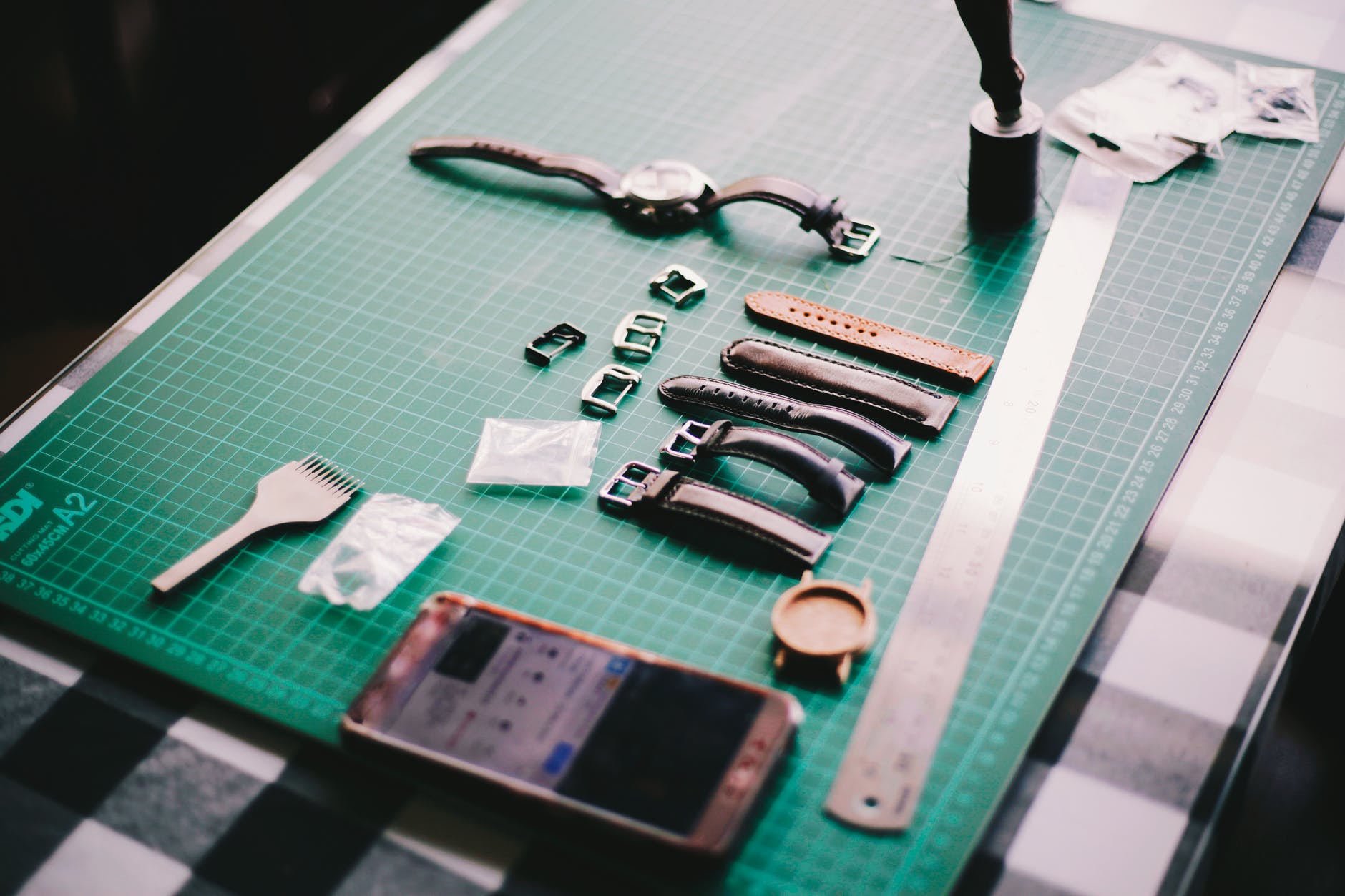Each of us had this morning that he woke up, looked at the clock, and realized that the thing here is not only the clock, but also the strap. It does not just hold the watch on the wrist, it has a presence, it complements the watch – just as a good suit upgrades the look of the watch, or matching cufflinks give a unique look.
Most of us are left with what the manufacturer provided with the watch, and when it wears out, we usually replace it with a similar strap. But there is a desire – all the time – to try and change, to play, to see different straps – which makes it possible to completely change the presence of the watch on the wrist and give it new life.
Before you start fiddling with the watch bolts and try to change the strap alone and quickly, we have a few clarifications: The vast majority of watches can be replaced with a strap, the degree of difficulty already varies from manufacturer to manufacturer and from watch to watch. In some cases, there are watches that the manufacturer pre-built the case so that it will be limited to original straps – mostly elite manufacturers. But do not worry – most special models, with their special straps, have third-party manufacturers that can produce straps for these models, and moreover – these third-party manufacturers often produce the straps for the company itself directly.
In fact, it is important for us at Pierre Richardson to make a very important point – watch manufacturers do not produce leather / rubber straps. No matter what the salesman at the boutique told you, the watch manufacturers have no bearing on the field of strap production, and all straps are ordered from an outside manufacturer.
Important things to know about watch straps:
Buying directly from the manufacturer will almost always be more affordable. The brand name embossed on the strap means a higher cost, this while maintaining the design line and brand value of the watch manufacturers
Buying abroad is an almost inevitable thing. Through the internet, you can buy almost any imaginable strip, and due to the flat format, most of them come in simple envelopes that go directly to our mailbox. Recently there has been a difficulty due to bans on the trade-in of various leathers outside the EU and The U.S, so many manufacturers simply will not ship some of their straps – make sure of this before purchasing.
It is important to note that even in the strip world there are different qualities when for the most part, the price reflects the quality. If the manufacturer has invested the time in the production of a good level product, with attention to detail, material quality inspection, and good service, the price will be accordingly.
Strips are a perishable product, even if waterproof is declared and even if a thousand promises are made. Water and sweat do not get along with leather straps, the life cycle of a strap depends on many things – but a typical leather strap will not hold for more than two to three years in a usable condition.
In most watches, the connection to the strap is made with the help of metal pins in which the ends go inwards into the rod and are pushed out by an innerspring. There are two main types of these pins called “spring bars”, the more common being straight. Less common, in a curved shape, which usually parallels the curvature of the watch itself and allows a more harmonious connection of the strap to the body of the watch. There are also some that have a handle with which you can insert the penis into the rod without any use of an external tool – this system is called a quick replacement system. In addition, it is possible to find rods without springs that screw to the watch or rods that are fixed to the body of the watch.
What should you look for when buying a new watch strap?
When we come to buy a new strap we must take care of four different measurements of the strap: The first and most important measurement is the degree of distance between the “legs” of the watch. The most common measurements today are between 18 and 24 mm, with most of them in even numbers. There are watches with less common dimensions such as 17/19/21 mm, they are a little harder to find suitable straps and usually need to contact the manufacturer itself to obtain them.
The second measure of importance is that of the buckle, if we want to keep the current buckle we must check that the new strap will fit not only the watch case but also the width of the buckle. In addition, we will check whether the strap is suitable for a regular buckle or a patent for its various types.
A third measure, which is often ignored, is the thickness of the strap. We have a tendency to put each strap on each watch without considering the match between the thickness of the strap and the dimensions of the watch. In extreme cases, an unaesthetic look will be obtained, an elegant watch with a thickness of 7 mm with a strap with a thickness of 5 mm, or a sports watch with a thickness of 15 mm with delicate straps with a thickness of 3 mm.
A last and important measure is the length of the strap. Manufacturers tend to offer straps in three sizes S, M, L both for men’s watches and women’s watches. Sometimes straps can be found in XS and XL size, within most cases indicating the length of the strap in millimeters in the part that connects at 12 and the part that connects at 6. To find the right size, we need to measure the wrist circumference.
Once we have ascertained what exactly fits our size, we can start looking for straps that will fit our watch. When looking at a strap it is important to check a few things, for example, the material from which the strap is made – both on the outside as well as on the inside, the lining of the strap – which is a very important part – and usually does not get the appropriate reference.
Since this is the part that will be in contact with our skin most of the time it is important to choose the right material – if we have any sensitivities, look for a strap with hypo-allergenic skin, or alternatively a synthetic lining that will better deal with sweating and moisture. Many materials can be found ranging from rubber, silk, hard leather, and soft leather. The survival of the strap will usually be determined by the lining, as it is exposed to moisture and heat, with it usually being the first to show signs of fatigue. A quality lining that suits us, will give us a durable strap for longer.
A second thing that is important to know is the structure of the strap: whether it is made by hand or made industrially. How the strap is glued and sewn, how the edges around it are treated – are they folded or cut? Closing the strap with paint or wax, filling the strap with leather, rubber, plastic, or cardboard… All of these are details related to the art of creating the strap, an art that will determine both the price and the quality of the final product. The only way to know is to check on the manufacturer’s website for a specification of a relevant strap or to explicitly request a particular structure.
In conclusion
The most common material is leather in its various forms and at different quality levels. Most often cowhide, in many cases leaving the skin in its basic form and in other cases printing shapes and dyeing expensive skin patterns. When you see the word GRAIN this is exactly the meaning: a leather strap in a “print” crocodile, lizard, ostrich, etc. Of course here too there are different quality levels, cowhide is usually a fairly durable material, but not all skins are equal in their quality, and worth getting to know the subject more in-depth before buying.
In addition to these, of course, you can also find straps made of synthetic materials such as natural rubber that have undergone a vulcanization process, industrial synthetic rubber, soft but less durable silicone, nylon fabrics, and various fabrics style straps in the more classic format. These straps are most often used in fieldwork watches. These are relatively inexpensive straps, not very elegant, but have much higher durability than typical leather straps.



